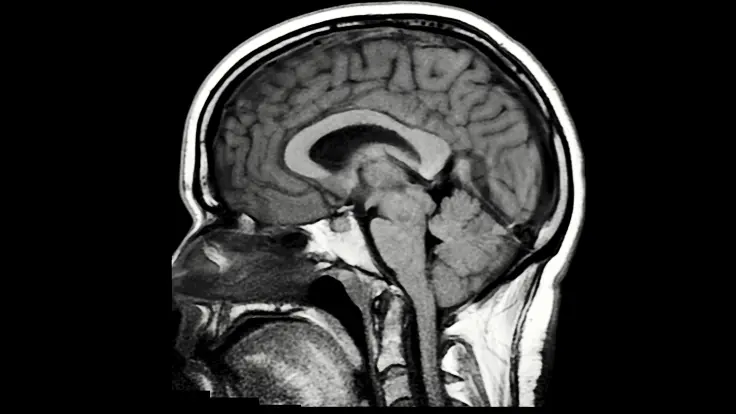The biophysical mechanisms of how cerebrospinal fluid protects the brain from mechanical damage
Posted on January 1, 2024 • 3 minutes • 533 words
Table of contents
Researchers at the Max Planck Institute for Medical Research have made a significant breakthrough in understanding the biophysics of how cerebrospinal fluid (CSF) mechanically protects the brain. Their study, published in the Journal of Neuroscience , sheds light on the intricate mechanisms that enable the CSF to cushion and shield the brain from mechanical forces.
The brain is a delicate organ that must be protected from the mechanical stresses and strains that occur during everyday activities. The CSF plays a crucial role in this regard, acting as a shock absorber and providing a buffer between the brain and the skull. Understanding how this process works at the biophysical level is essential for developing effective treatments for brain injuries and neurodegenerative diseases. The research team used advanced imaging techniques and computational modeling to investigate the biophysical properties of CSF. They found that the fluid’s ability to dissipate mechanical forces is due to its unique viscoelastic properties. Viscoelastic materials exhibit both viscous (flow-like) and elastic (solid-like) behavior, allowing them to absorb and transmit mechanical energy effectively. In the case of CSF, this means that it can absorb sudden impacts and distribute the resulting forces throughout the brain, reducing the risk of injury.
Additionally, the researchers discovered that the pulsatile nature of CSF flow plays a critical role in brain protection. The rhythmic movement of CSF within the brain creates a dynamic buffering system, adjusting to changes in mechanical forces and ensuring constant protection. This finding has significant implications for understanding conditions such as hydrocephalus, where disruptions in CSF flow can lead to increased mechanical stress on the brain tissue.
| Rhythmic movement of CSF within the brain |
|---|
 |
The study also highlighted the importance of the brain’s surrounding structures in maintaining the mechanical protection provided by CSF. The geometry of the skull and the meninges, the membranes that surround the brain and spinal cord, has a significant impact on how CSF distributes and dissipates mechanical forces. This insight could inform new approaches to treating traumatic brain injuries and other conditions that affect the mechanical stability of the brain.
The findings from this research have the potential to advance our understanding of brain biomechanics and inspire new strategies for protecting the brain from mechanical damage. By elucidating the biophysical mechanisms of CSF’s protective role, researchers hope to develop targeted therapies for brain injuries and neurodegenerative diseases that leverage the natural properties of CSF. Such treatments could revolutionize the field of neurology and improve outcomes for patients with a range of brain disorders.
This groundbreaking work opens up exciting opportunities for interdisciplinary collaboration between biophysicists, neuroscientists, and clinicians. By combining insights from different fields, researchers can work towards a more comprehensive understanding of brain mechanics and develop innovative solutions for preserving brain health. The Max Planck Institute for Medical Research remains at the forefront of this research, driving progress in the study of CSF biophysics and its implications for brain protection and treatment.
References
- Hydrocephalic cerebrospinal fluid flowing rotationally with pulsatile boundaries: A mathematical simulation of the thermodynamical approach
- Fluid Analysis in the Equine Patient: Cerebrospinal, Synovial, and Peritoneal Fluids Author links open overlay panel
- A mathematical framework for the dynamic interaction of pulsatile blood, brain, and cerebrospinal fluid
Share
Tags
Counters

